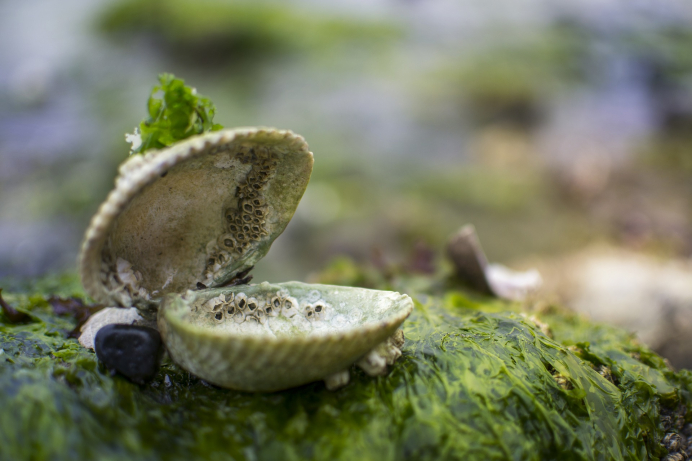The blue economy covers a wide range of policy issues from responsible food systems to decarbonisation, as well as biodiversity and coastal resilience to circularity, and the new Strategy outlines how to bring out about environmental, social and economic sustainability in these diverse fields.
The Strategy offers a targeted approach to several key issues for the blue bioeconomy in the Baltic Sea region, such as fisheries, aquaculture and maritime spatial planning. It also reaffirms the EU’s commitment to sea-basin and macro-regional frameworks for cooperation, such as the EU Strategy for the Baltic Sea.
Great potential in seaweed and algae
Seaweed and algae farming in the Baltic Sea region has been identified as an area with great potential for development. Although there are significant climate gains to be had, this emerging sector struggles to scale up. The SBE Strategy lays out the European Commission’s plan for a dedicated initiative on algae in 2022 which will support the development of the EU’s algae industry. The initiative will facilitate the authorisation of algae as novel foods by cutting application costs, facilitate market access, increase consumer awareness and acceptance of algae products and close gaps in knowledge, research and innovation.
The Baltic Sea region is the backdrop to a large range of marine activities from shipping to fishing, aquaculture, recreational use and beyond. And it is projected that the Baltic Sea will become even busier: not least the deployment of offshore energy which is projected to multiply five-fold by 2030 and 30-fold by 2050 on an EU-wide level. This makes it even more urgent to agree to comprehensive maritime spatial plans. The SBE Strategy reiterates the importance of maritime spatial planning which will help prevent conflicts, explore synergies and reconcile nature conservation and economic development.
Goal of PA Bioeconomy: intelligent use of renewable biological resources
The overarching goal of the Policy Area for Bioeconomy under the EUSBSR is the intelligent use of renewable biological resources from land and sea, while also considering the environmental, economic and social dimensions. With the new SBE strategy, the European Commission echoes this same vision: boosting the green and digital transitions to make Europe’s economy fairer, more resilient and more sustainable for future generations.
PA Bioeconomy is now preparing a long-term flagship process on Blue Bioeconomy, with the aim to facilitate better communication between the operative level of projects and the more strategic level of governments in the Baltic Sea Region.
Terms explained
Sustainable blue economy encompasses all industries and sectors related to oceans, seas and coasts, whether they are based in the marine environment (e.g. shipping, fisheries, energy generation) or on land (e.g. ports, shipyards, land-based aquaculture and algae production, coastal tourism).
Blue bioeconomy means economic activities and value creation based on sustainable and smart use of renewable aquatic resources and the related expertise.




